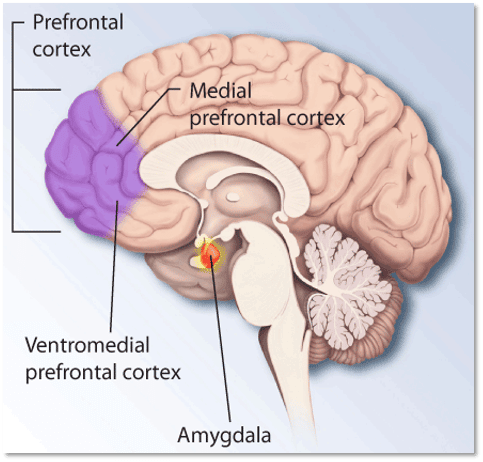How Neuroscience Enhances Executive Coaching
By Deb Elbaum, PCC, CNTC
Editor’s Note: Deb introduces a new weekly series of posts on executive coaching contributed by our Leadership Development team.. She is one of 30 highly qualified and specialized executive coaches who have joined us recently, as we continue to expand our executive coaching services.”
When coaching executives and leaders, I like to start with the big picture.
These are people who like data. They like information to be grounded in science and research. So, when we are about to talk about improving and modifying certain behaviors, a good place to start is with the brain.
Neuroscience provides a scientific foundation for how we think and how we can change. Three concepts in particular tend to support coaching goals and methodology. They are:
- Neuroplasticity, or the ability to create new neural pathways
- The ongoing battle between the amygdala and prefrontal cortex, and
- The concept of whole brain wisdom – the roles of the left and right hemispheres.
Neuroplasticity is the ability of the brain to make new connections throughout our lives. It used to be thought that this only happened to a certain age, but we now know that’s not the case. We have the potential to grow and learn and change throughout our lives.
This means that leaders and executives can change their management or communications style at any stage.
David & Goliath
The struggle between the amygdala and the prefrontal cortex is a fascinating one and just as important to coaching. It is also known as the “amygdala hijack”, an apt term coined by researcher Daniel Goldman, and here’s why.
Normally, our high-level thinking takes place in the prefrontal cortex. That would be our long-term planning, goal setting, the measured and rationale approach of leaders and executives.
But when we get stressed, the emotional response that is triggered comes from the amygdala. The pre-frontal cortex essentially “goes off-line” and the tiny amygdala, a fraction the size, promptly hijacks it and takes over control of your responses.
This is a key learning for leaders. Once they understand the source of a hasty or emotional reaction, they can bring back their higher thinking more rapidly, by taking deep breaths or switching consciously into the role of observer rather than participant.
Whole Brain Wisdom
The third neuroscience concept of great value in coaching leaders is that of “whole brain wisdom”. Each half of the brain, or hemisphere, has its own chores. The left is all about analytical and logical thinking — very word-based. The right hemisphere is “big picture” — seeing the whole overview.
Executives and leaders are very analytical. They’ve succeeded in graduate schools and at their jobs and most are very comfortable thinking that way.
But we have so much more wisdom available to us. We need to use all of our brain and integrate the thinking from both hemispheres when we’re innovating or leading or managing. One way to stimulate right hemisphere thinking is with the tool of metaphor, which encourages mental comparison. Or by having leaders create a big spatial diagram, rather than just talking about a challenge.
Using any or all of these strategies will bolster the effectiveness of an executive coach, by providing additional tools and strategies he or she can use.
Harnessing neuroscience concepts and tools will also greatly benefit those being coached. It will enable them to understand and grasp new ways to modify and improve their management styles, so that they can grow into the role of a true and effective team leader.
ABOUT THE AUTHOR
Cornerstone Executive Coach Deb Elbaum has an undergraduate degree in psychology from Harvard and an MD from University of Pennsylvania. Her lasting interest in the brain led to a career from medicine to health writing to executive coaching. She is a Professional Certified Coach (PCC) through the International Coaching Federation and a Certified NeuroTransformational Coach (CNTC) through BeAbove Leadership. Her coaching is based in Boston, Massachusetts.







